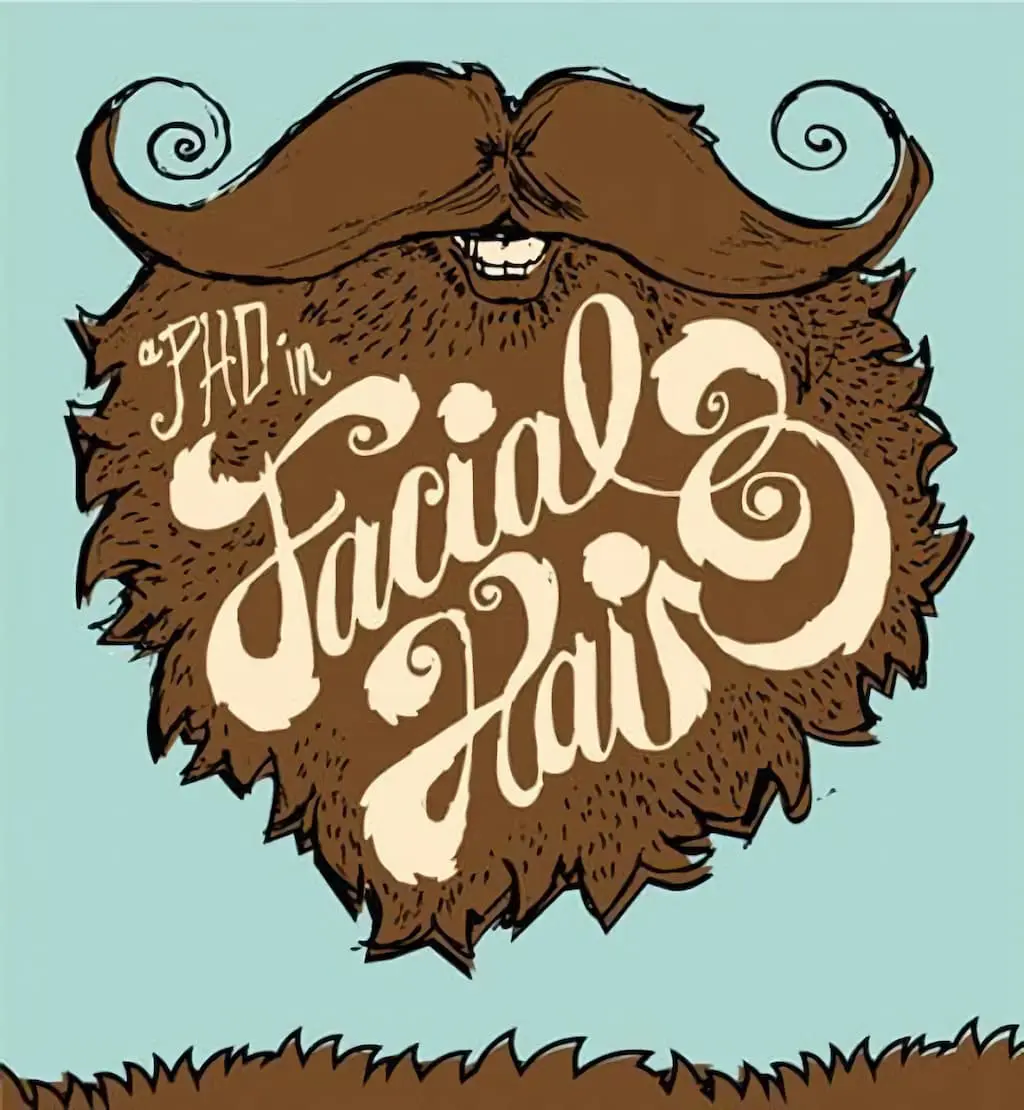Beards have been used as a sign of virility and strength since time immemorial, but there are many more stories behind beards than one might imagine. This infographic summarizes everything you need to know about beards. Welcome to the PhD in Facial Beauty.
SEE ALSO: Ugly Duckling Syndrome: Before and After

Where does the beard come from?
Dihydrotestosterone, this enzyme is responsible for promoting both facial hair and baldness. Its level is said to vary depending on the seasons, so don’t be surprised if during the summer you accumulate a much thicker beard.
Growing a beard has been a sign of virility since the beginning of time. Scientists believe that prehistoric man had beards to:
- Warm up and keep your sensitive mouth safe from the elements.
- Intimidation through a thick, strong jawline.
- Protection and cushioning against shocks or impacts to the face.
In ancient civilizations, beards were a sign of honor, and were only cut as a form of punishment. But around 345 B.C., Alexander the Great decreed that soldiers should not have beards. He feared that enemies would use the beard as a tool in battle.
Beards: a matter of importance.
Since then, beards have been regularly in cycles of fashion and disuse, distinguishing men from boys for centuries.
- Celtic Tribes: Otto the Great swore by his beard when he said something serious.
- In the Middle Ages: Touching another man’s beard was offensive and was a reason for a duel.
- 16th century: New types of beards were seen such as the bifurcated and the Stiletto.
- 19th century: President Lincoln made beards popular throughout the American nation.
Today, beards are still manly, but fewer and fewer women can stand them. About 33% of American men have facial hair, compared to 55% of men worldwide.
Beards today.
In a study of facial hair, two out of three women found men without beards more attractive than those who had a full beard. But don’t lose hope, those same women as well as the men surveyed found in men with full beards signs of respect, power and high status.
Bearded men versus clean-shaven men are seen as:
- 38% less generous.
- 36% less charitable.
- 51% less cheerful.
It seems that the intimidation of the beard keeps the distance from women.
Many men tend to have facial hair when the marriage market is good. But when it’s harder to get a wife, weak men shed their mustaches. Scientists believe that men shave to make women feel more confident.
But a real man knows not to shave, but to find a woman who accepts the beard. And when it comes to success outside of romantic relationships:
98% of Forbes’ list of the 100 richest men in the world are beard-free.
98% of lumberjacks, warriors, and bad guys in the world have beards.




Comments